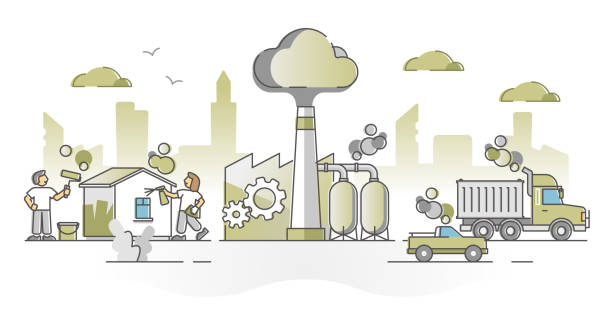NAPHTHALENE

Naphthalene is best known as the main ingredient of traditional mothballs. Safe Home offers a few kits that provide drinking water testing for Naphthalene in city and well water supplies.
Parameter Type: Drinking Water Testing for Volatiles
Parameter Name: Naphthalene
What it is and Where it Comes From:
Naphthalene is an organic compound with formula C 10H 8. It is the simplest polycyclic aromatic hydrocarbon, and is a white crystalline solid with a characteristic odor that is detectable at concentrations as low as 0.08 ppm by mass. As an aromatic hydrocarbon, naphthalene’s structure consists of a fused pair of benzene rings. It is best known as the main ingredient of traditional mothballs. Naphthalene is made from crude oil or coal tar. It is also produced when things burn, so naphthalene is found in cigarette smoke, car exhaust, and smoke from forest fires. It is used as an insecticide and pest repellent. Naphthalene was first registered as a pesticide in the United States in 1948. Drinking water testing gives you several benefits like peace of mind, identifying contaminants in your water, and insight into health concerns. Safe Home offers Laboratory drinking water testing kits for Naphthalene, allowing you to collect your water sample and ship it directly to our EPA-Certified Laboratory. This platform of drinking water testing for Naphthalene will give you an accurate level based on the lowest level of a parameter our instruments can detect (Method Detection Level). Safe Home drinking water testing for volatiles can be used for city and well water supplies. Drinking water testing should be done any time you notice a significant change in your water quality.
Health Effects:
Acute exposure of humans to naphthalene by ingestion is associated with hemolytic anemia, damage to the liver, and, in infants, neurological damage. Symptoms of acute exposure include headache, nausea, vomiting, diarrhea, malaise, confusion, anemia, jaundice, convulsions, and coma. Cataracts have been reported in humans acutely exposed to naphthalene by ingestion. Cataracts have also been reported in animals following acute oral exposure. Tests involving acute exposure of rats, mice, rabbits, and guinea pigs have demonstrated naphthalene to have moderate to high acute toxicity from ingestion. Rats, rabbits, and mice chronically exposed to naphthalene via ingestion have developed cataracts and degeneration of the retina. Diarrhea, lethargy, hunched posture, rough coats, decreased body weight, and lesions in the kidneys and thymus were observed in rats and mice chronically exposed via gavage. Chronic exposure of workers to naphthalene has been reported to cause retinal hemorrhage.
Solutions to Contaminant Levels:
After drinking water testing, what are my treatment options? A filter with granular activated carbon (GAC) is a proven option to remove certain chemicals, particularly organic chemicals, from water. GAC filters also can be used to remove chemicals that give objectionable odors or tastes to water such as hydrogen sulfide (rotten eggs odor) or chlorine. Reverse osmosis is a process that removes foreign contaminants, solid substances, large molecules, and minerals from water by using pressure to push it through specialized membranes. Here’s how reverse osmosis works. Unlike osmosis, which is a passive process, reverse osmosis requires external force (pressure) to work. Pressure is applied to a highly concentrated solute solution, such as salt water, to pass through a membrane to a lower concentrate solution. The membrane allows water to flow through but blocks out larger molecules, like contaminants. The reverse osmosis process leaves higher concentrations of solute on one side and only the solvent, or freshwater, on the other. Who do I need to contact to find out more information about water quality in my area? Every community water supplier must provide an annual report to its customers, known as a Consumer Confidence Report (CCR). The report provides information on your local drinking water quality, including the water’s source, contaminants found in the water, and how consumers can get involved in protecting drinking water. How often does the local public water system preform drinking water testing? Frequency of drinking water testing depends on the number of people served, the type of water source, and types of contaminants. Certain contaminants are tested more frequently than others, as established by the Safe Drinking Water Act. You can find out about levels of regulated contaminants in your treated water for the previous calendar year in your annual Consumer Confidence Report (CCR).


